Gray whales that migrate to Baja are evolving in front of our very eyes, adapting to avoid starvation and finding new ways to thrive.
Read More
Gray whales that migrate to Baja are evolving in front of our very eyes, adapting to avoid starvation and finding new ways to thrive.
Read MoreEvery detail was attended to, and our satisfaction was their goal. Even going too early in the season was not a problem, the staff placed us exactly where we needed to be on the huge lagoon to meet as many whales as possible.
Read More
Why are grey whales dying? Intelligence and resilience have enabled Grey Whales navigate life in the ocean, but their home is changing rapidly… and even these adaptable mammals are struggling to cope. FROM A CNN News Article A worldwide team of academics, field biologists, and volunteers has been examining a mystery occurrence known as an […]
Read More
Blue whales. Balaenoptera musculus. One of the most amazing big animals I have ever seen. The back of the whale just went on and on and on until we saw the tiny dorsal fin at the back.
Read More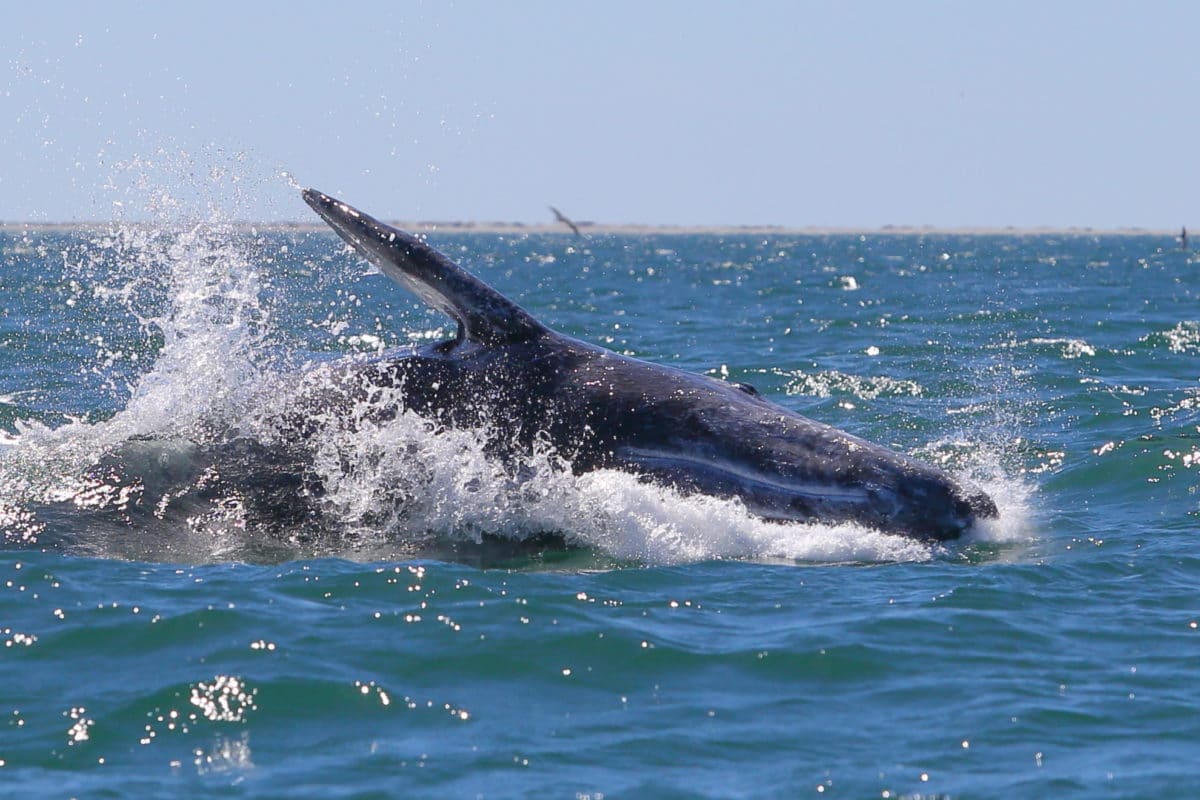
Amidst all this, the whales go on with their business. As we were enjoying the beautiful weather on the panga ride to our camp, we saw a puff of vapor in the distance. It was a gray whale calf! A more voluminous blow spouted up, this time from the mom. Baby looked so tiny next to momma.
Read More
The answer is that it depends on whether it’s ok to touch whales! We don’t mean to cop out on this, but it really does depend. The skin of whales is actually soft and very thin and loaded with nerve receptors. Because of the heavy layer of blubber on whales, most of us imagine that […]
Read More
Pachico was out alone in his panga, fishing for grouper when a gray whale surfaced beside him. Local fishermen were well acquainted with the whales, very aware of the gray whale’s power and ferocious temperament and like everyone else in San Ignacio Lagoon, he always tried to keep a cautious distance. He was surprised when the animal lingered and felt himself compelled to place a hand in the water.
Read More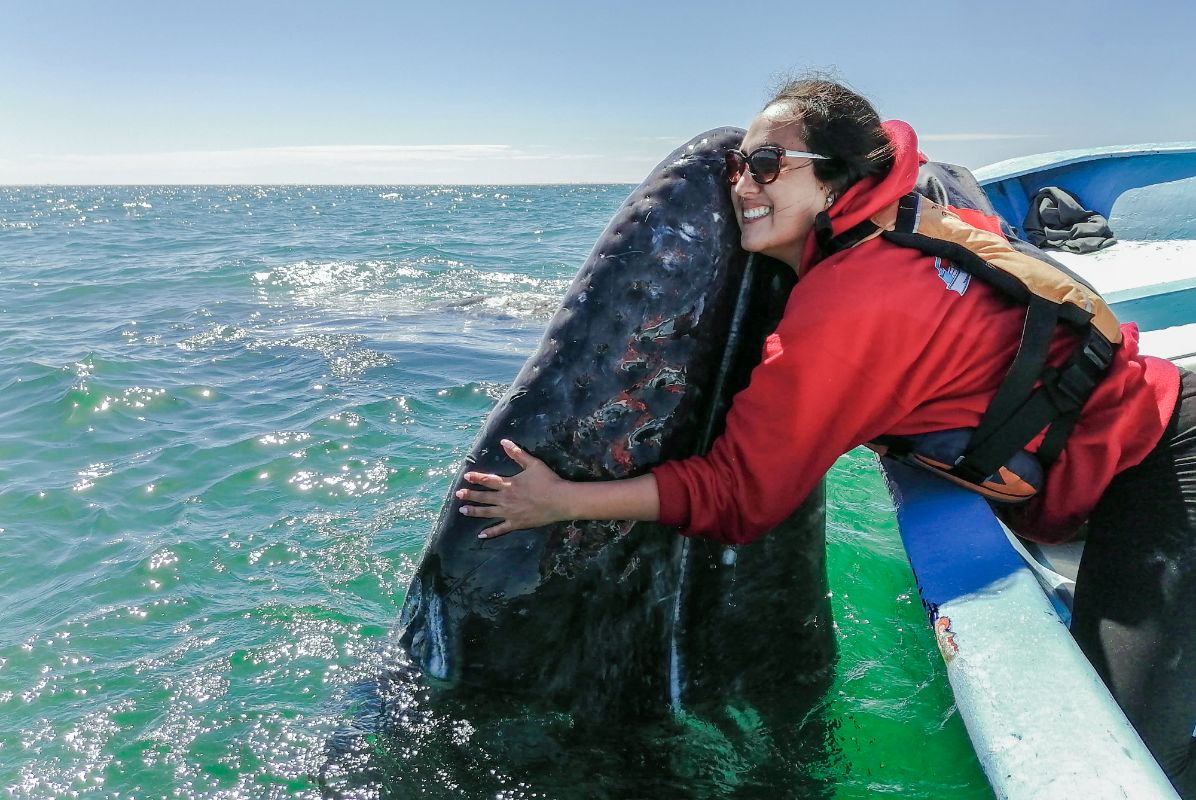
We love and respect the gray whales of San Ignacio Lagoon. But make no mistake, these are animals up to 45 feet long, weighing more than 40 tons, with a fiery temper and the instincts of a street brawler… All of which makes our interaction with them even more freakin amazing.
Read More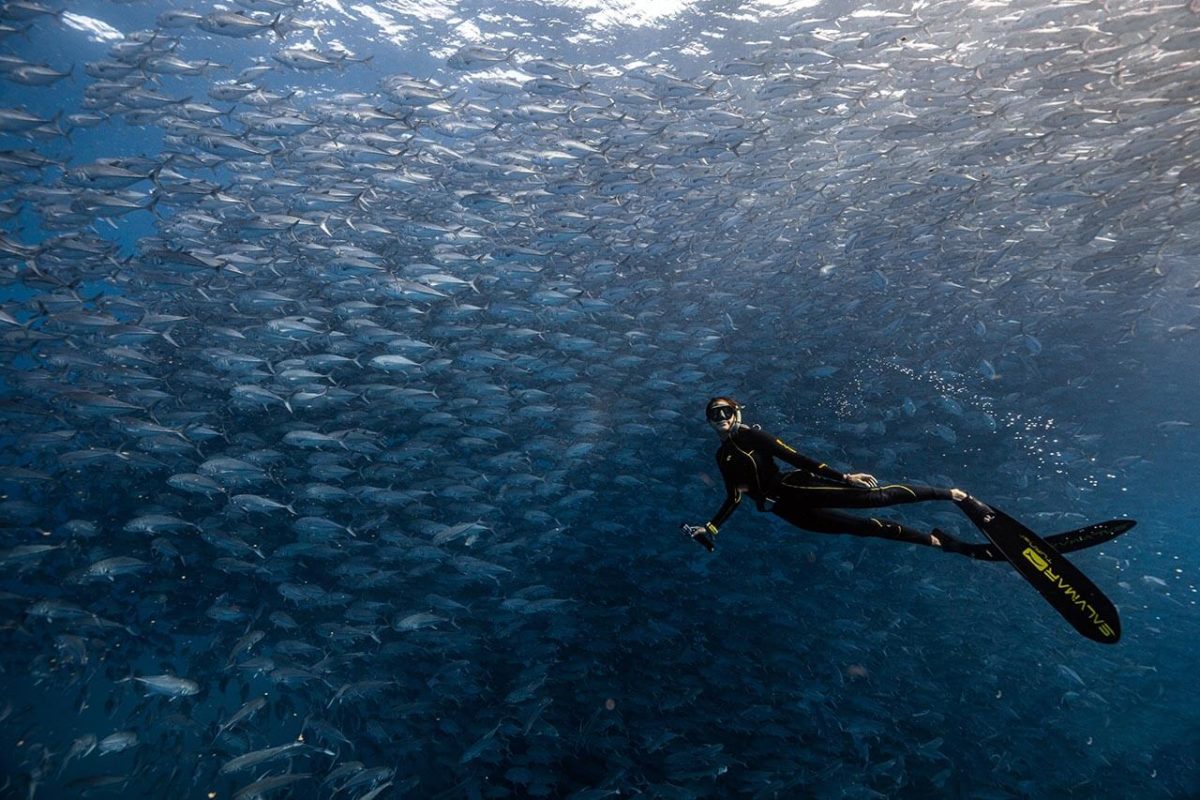
On April 22nd, more than 193 countries around the world celebrated Earth Day. Whether you’re an avid eco-warrior or starting your journey to a more sustainable lifestyle, read on to discover our two cents on the importance of sustainability, ecotourism in Mexico, and how to make everyday Earth Day.
Read More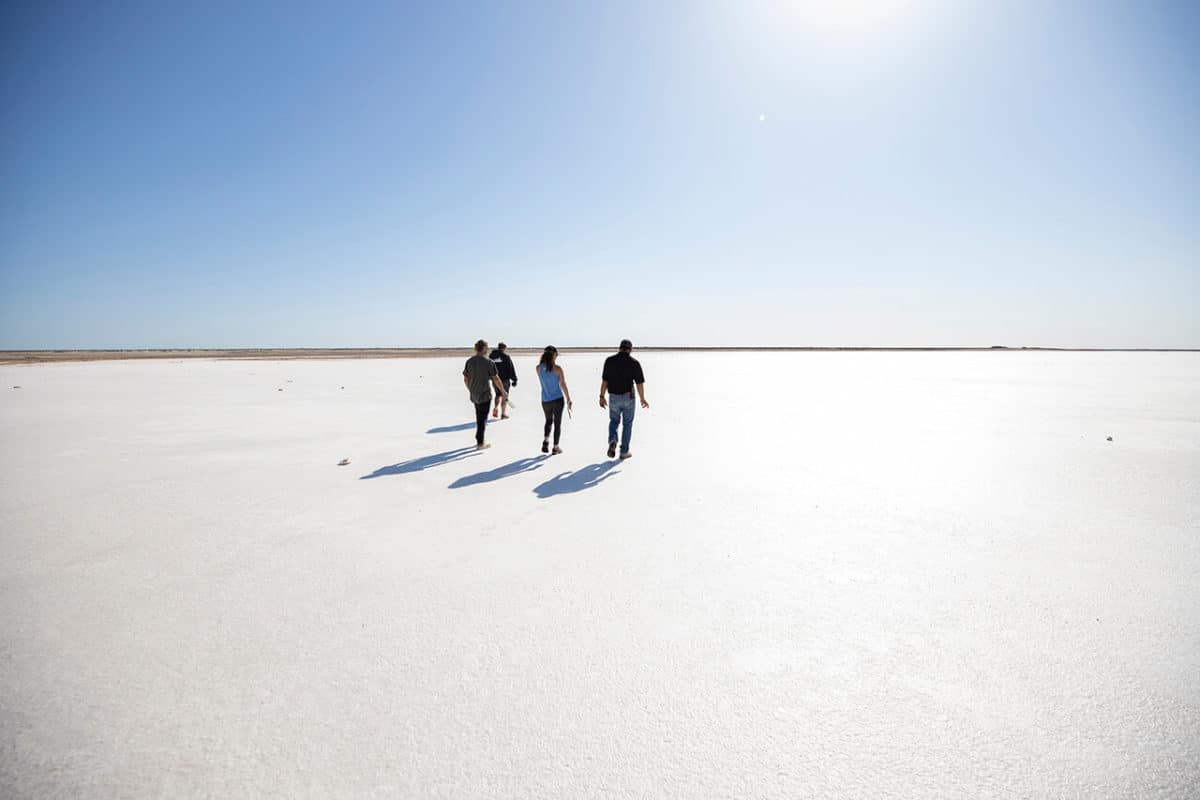
There is a beautiful vista of salt flats extending in all directions and very visible when flying into our airstrip at San Ignacio Lagoon. Located in the far northern reaches of pacific coast of Baja California, the lagoon provides the perfect environment for salt flats.
Read More
In celebration of these gentle giants, we’ve compiled some of our favorite gray whale facts; a gray whale 101, if you will. Whether you’re wondering what route gray whales travel during their migration or pondering how fast gray whales swim, read on to find out more fun facts about gray whales…
Read More
Whether witnessing these giants defy gravity as they corkscrew out of the ocean or the tender interaction between a mother and calf, whale watching regularly tops the bucket list for travelers. One of the best places in the world for whale watching, Baja California is home to a wide variety of cetaceans – in fact, over one third of the world’s whale species spend time here each year. Read on to discover the whales of Baja making a splash…
Read More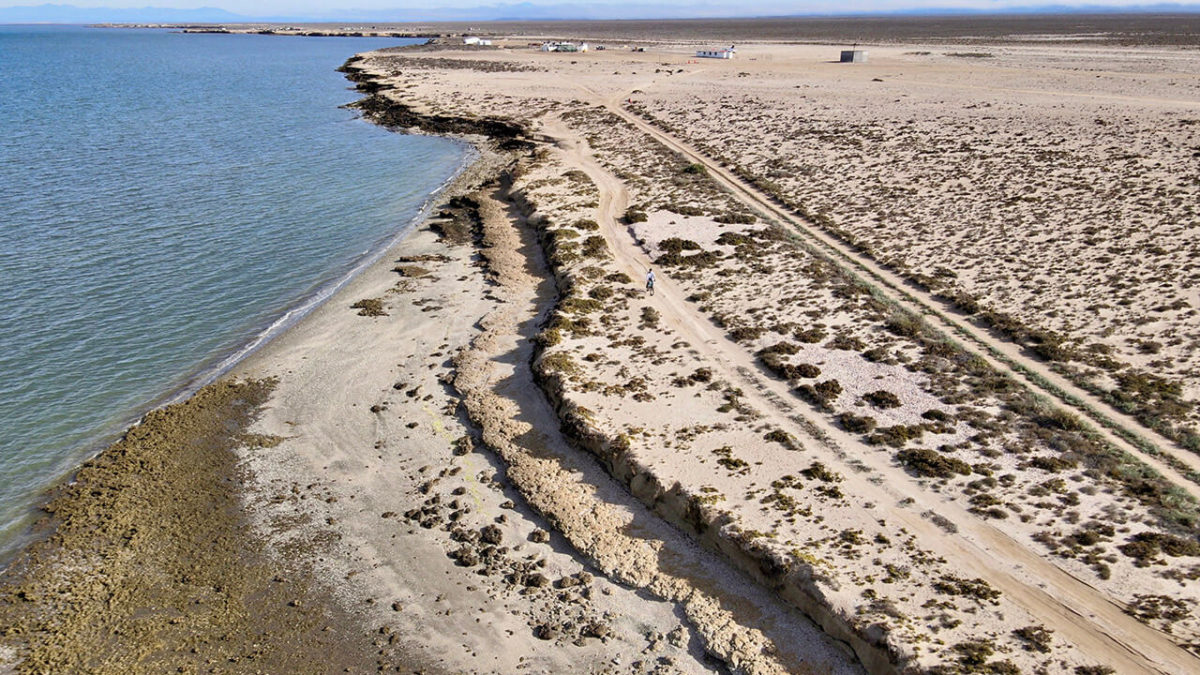
The new adventure tour will allow guests to experience comfort never seen before in San Ignacio lagoon, while experiencing some of the greatest whale interactions on earth, bringing adventure travel in Mexico to a whole new level…
Read More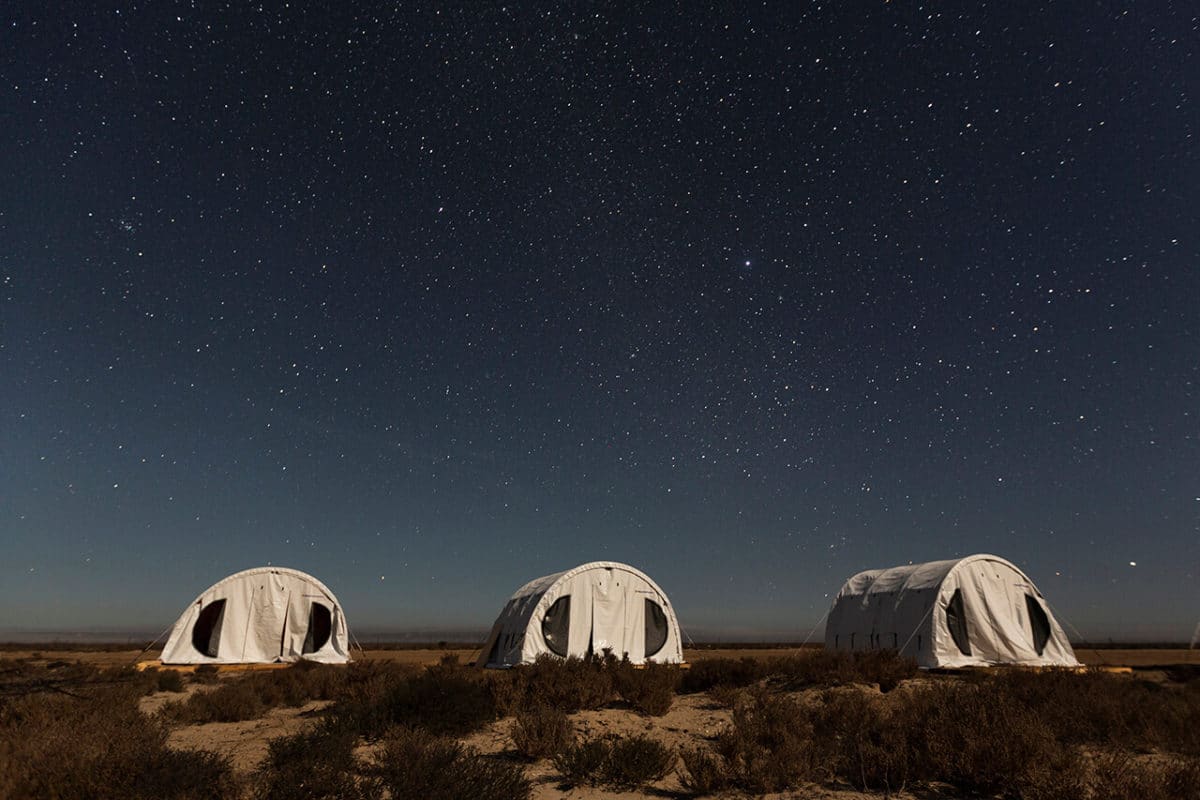
Think of glamping as the golden ticket to creating a wholly unique, wild reality. And if we’re dreaming up a remote and beautiful corner of the planet, San Ignacio lagoon simply can’t be beat. A tiny spec in Mexico’s expansive, desert peninsula of Baja California, our luxury wilderness tents have been erected on the shoreline of San Ignacio lagoon, the world’s last untouched lagoon for gray whale encounters.
Read More
Hidden in the vast desert landscapes of Baja California, San Ignacio lagoon is the last remaining pristine gray whale breeding and birthing lagoon in the world. Each winter, gray whales migrate up to 5,000 miles from the cold waters of Alaska to San Ignacio to deliver their new calves in the shallow, protected lagoon waters.
Read More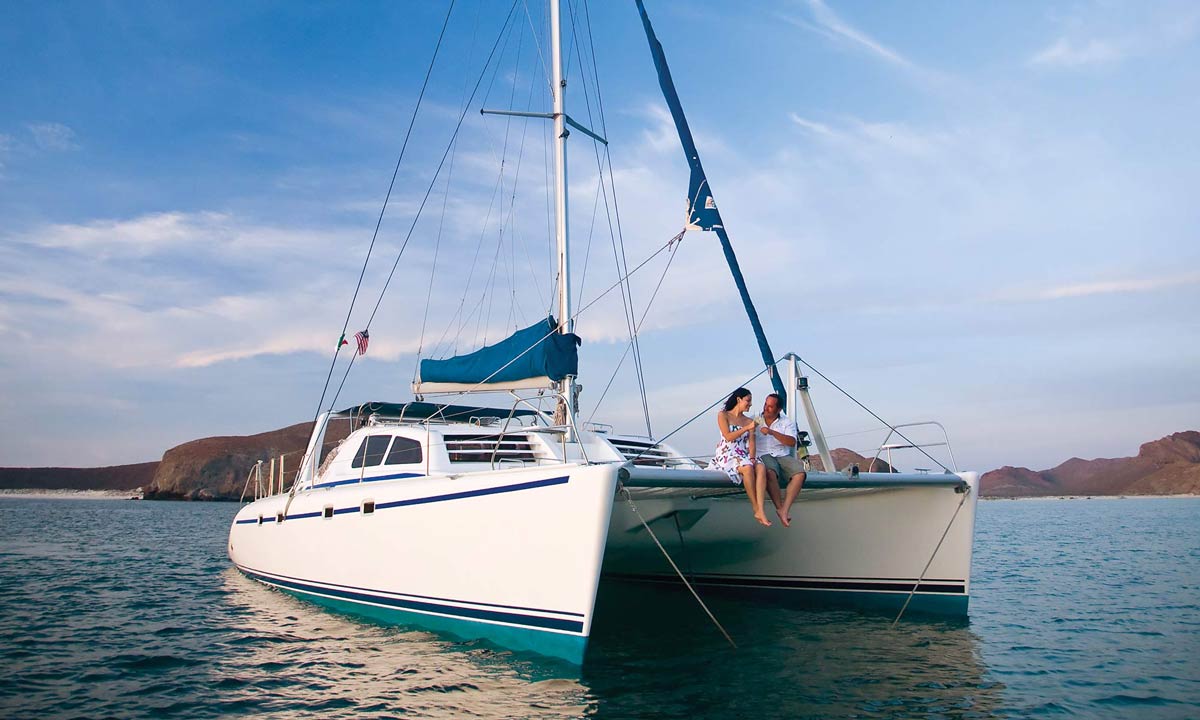
A research expedition set sail early this week aboard our Baja Expeditions’ Catamaran El Mechudo. A team of researchers from the Gulf of California Marine Program and Sociedad de Historia Natural Niparajá set off to re-visit previously established Fisheries Refuges.
Read More